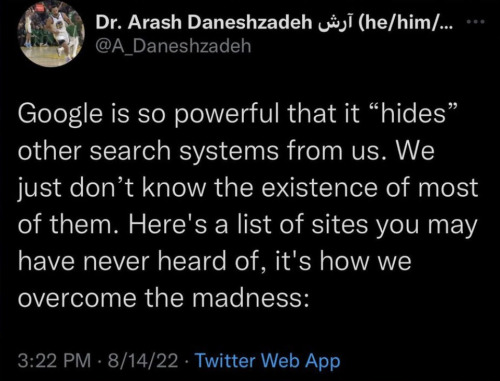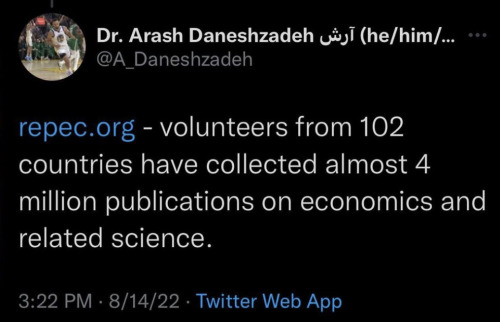All your favorite posts, one swipe away
Articles - Blog Posts
i said i was going to arrange a list of my favorite articles/criticism about shakespeare, so here’s my first little roundup! obligatory disclaimer that i don’t necessarily agree with or endorse every single point of view in each word of these articles, but they scratch my brain. will add to this list as i continue reading, and feel free to add your own favorites in the reblogs! :]
essays
Is Shakespeare For Everyone? by Austin Tichenor (a basic examination of that question)
Interrogating the Shakespeare System by Madeline Sayet (counterpoint/parallel to the above; on Shakespeare’s place in, and status as, imperialism)
Shakespeare in the Bush by Laura Bohannan (also a good parallel to the above; on whether Shakespeare is really culturally “universal”)
The Unified Theory of Ophelia: On Women, Writing, and Mental Illness (“I was trying to make sense of the different ways men and women related to Ophelia. Women seemed to invoke her like a patron saint; men seemed mostly interested in fetishizing her flowery, waterlogged corpse.”)
Hamlet Is a Suicide Text—It’s Time to Teach It Like One (on teaching shakespeare plays about suicide to high schoolers)
Commuting With Shylock by Dara Horn (on listening to MoV with a ten-year-old son, as modern jewish people, to look at that eternal question of Is This Play Antisemitic?)
All That Glisters is Not Gold (NPR episode, on whether it’s possible to perform othello, taming of the shrew, & merchant to do good instead of harm)
academic articles
the Norton Shakespeare’s intro to the Merchant of Venice (apologies about the highlights here; they are not mine; i scanned this from my rented copy)
the Norton Shakespeare’s intro to Henry the Fourth part 1 (and apologies for the angled page scans on this one; see above)
Richard II: A Modern Perspective by Harry Berger Jr (this is the article that made me understand richard ii)
Hamlet’s Older Brother (“Hamlet and Prince Hal are in the same situation, the distinction resting roughly on the difference between the problem of killing a king and the problem of becoming one. … Hamlet is literature’s Mona Lisa, and Hal is the preliminary study for it.”)
Egyptian Queens and Male Reviewers: Sexist Attitudes in Antony & Cleopatra Criticism (about more than just reviewers; my favorite deconstruction of shakespeare’s cleopatra in general)
Strange Flesh: Antony and Cleopatra and the Story of the Dissolving Warrior (“If Troilus and Cressida is [Shakespeare’s] vision of a world in which masculinity must be enacted in order to exist, Antony and Cleopatra is his vision of a world in which masculinity not only must be enacted, but simply cannot be enacted, his vision of a world in which this particular performance has broken down.”)
misc
Elegy of Fortinbras by Zbigniew Herbert (poem that makes me fucking insane)
Dirtbag Henry IV (what it sounds like.)
Cleopatra and Antony by Linda Bamber (what if a&c… was good.)
I don't agree with you. Feminism doesn't mean men hate in anyway. Feminism stands for equality in rights and opportunities of both sexes. Doing what men have done since forever will result in the same cycle repeating some day in the future. The point is to get rid of this notion of power being held by one of the sexes or one being superior than the other.
Forcing men into household chores and women into the outside world is doing what men did long ago, just roles reversed. The point is to let women who want to pursue a career, do it. And also, letting women who want to spend time on their families, do it without making them feel bad about not being the cool business woman she doesn't even want to be.(That too if her partner is okay being the sole provider). This should also be equally acceptable if the roles are reversed.
Ultimately, feminism seeks to create an inclusive society where everyone can live according to their own preferences, irrespective of traditional gender stereotypes, a society where choices are respected and supported without judgment, where partners support each other equally.

I will write you a kickass article or blog

Hi,I’m Masud Rana, a PRO verified expert copywriter, and I’d love to put your thoughts into words!
About Me I am a Marketing expert with over a decade of experience leading the communications for brands including Google Play Music, Lurpak, Rekorderlig, Lomography, The Gro Company and many more. Where Has My Writing Been Published? As a writer my work has been published in titles including The Huffington Post, Run Riot Magazine, Sleep Club Magazine and Food Magazine. I am used to adapting to a wide range of industries and briefs, and have written for both trade and consumer press covering in depth topics as diverse as infant sleep safety, analogue photography, celebrity interviews and the economic impact of the quinoa trade in Peru. When you buy this gig, you will receive…
An SEO friendly article or blog post, which is engaging and enjoyable to read Editing and proofreading, so that your post is ready for you to just hit publish Unlimited revisions - if you don't like something, let me know and I'll change it at no extra cost Money-Back Guarantee Super Fast Delivery If You have Any Question You can Freely Ask me.
Thank You
Visit Now

Talent 2030 hosts an annual competition for girls aged 11-18 in the UK to involve themselves in the future of engineering. This year I entered with an essay on the use of engineering to cure cancer, and thought I’d provide the article links I used for research. It’s actually a really interesting topic to delve into if you’re curious
http://www.popsci.com/fda-approves-first-drug-that-treats-cancer-with-an-engineered-virus
http://fusion.net/story/155183/herpes-fights-cancer-virotherapy-measles-smallpox-cure-cancer/
https://www.standup2cancer.org/dream_teams/view/bioengineering_and_clinical_applications_of_circulating_tumor_cell_chip
https://www.scientificamerican.com/article/a-chip-against-cancer/

Posting this again because basically this is my bible
If it's not too much trouble, could you create or link to a masterpost of what you consider the must-reads on anti-pornography/anti-prostitution? For example books you've referenced by Andrea Dworkin.
Hello! I will put together a real master-list when I have time but here is a quick list of must-reads regarding the anti-sex industry movement in the West:
If you want a primer, read X-underrated by Catharine Mackinnon. It’s only six pages long but it lays out the entire anti-sex industry movement clearly. If you only have time for one link, it’s this one.
Andrea Dworkin:
Books:
Woman Hating
Pornography: Men Posessing Women
Life and Death
Right Wing Women
Letters from a War Zone. Link for the chapter titled “Pornography’s Part in Sexual Violence”
After those I would recommend Last Days at Hot Slit, Intercourse, and Our Blood. Edited by both Dworkin and Mackinnon is In Harm’s Way: The Pornography Civil Rights Hearings (oral testimony of victims of pornography)
Article: Prostitution and Male Supremacy
Rebecca Whisnant:
Book: Not for Sale: Feminists Resisting Prostitution and Pornography. This is a collection of essays by feminist writers (including Dworkin!), edited by Rebecca Whisnant and Christine Stark.
Articles:
[Not] Buying It, Prostitution as Unwanted Sex.
Pornography, Humiliation, and Consent (read this one)
But What About Feminist Porn? (only one “feminist” pornographer is discussed in detail but Whisnant’s analysis is widely applicable)
Julia Long:
Book: Anti-Porn: The Resurgence of Anti-Pornography Feminism. This one is very theory-heavy, be warned.
Catharine Mackinnon:
Books: Only Words, Are Women Human?, and the chapter Francis Biddle’s Sister: Pornography, Civil Rights, and Speech from Feminism Unmodified
Article: OnlyFans is not a Safe Platform for “Sex Work.” It’s a Pimp
Sheila Jeffreys:
Books: The Industrial Vagina, The Idea of Prostitution, and Beauty and Misogyny (Chapters 4,5 and 8 especially)
Evelina Giobbe:
Book: Living with Contradictions. The chapter titled “Confronting the Liberal Lies about Prostitution” is a masterpiece.
Article: An Analysis of Individual, Institutional, and Cultural Pimping. Giobbe is also cited in Catharine Mackinnon’s article above.
Gail Dines:
Books: Big Porn Inc. and Pornland. Read both of these. Dr. Dines writes for the public and her arguments are easy to follow.
Video: Dr. Dines discussing Pornland
Margaret Baldwin:
Book: Prostitution and Pornography. Read the chapter titled “Split at the Root: Prostitution and Feminist Discourses of Law Reform”
Kathleen Barry:
Book: The Prostitution of Sexuality: The Global Exploitation of Women
Kate Millet:
Book: The Prostitution Papers (highly recommend, if you’re looking for a less academic piece)
Robert Jensen:
Book: Getting Off: Pornography and the End of Masculinity
Assorted Articles:
Kajsa Ekis Ekman interview, author of Being and Being Bought: Prostitution, Surrogacy, and the Split Self (disclaimer: Ekman is now a Russian propagandist, but the interview and book, which is also excellent, are almost 10 years old, so it’s up to you to read or not.)
Celia Smythe Anderson and Yolanda Estes, “The Myth of the Happy Hooker: Kantian Moral Reflections on a Phenomenology of Prostitutio.” Don’t be fooled by the jargon-y title, this piece is a breeze if you can find it (try an academic library)
Alexa Tsoulis Ray, “A Brief History of Revenge Porn”
Rae Story, interview with Francine Sporendo and “The Middle Classing of Prostitution: The Social Climb of the Sex Trade”
Sarah Ditum, “Why I changed my mind about porn”
Max Waltman, “Legal Challenges to Pornography and Sex Inequality in Canada and the United States”
Does Your Daughter Know It’s OK To Be Angry?
By Soraya Chemaly
May 9, 2016
Girls, taught to ignore their anger, become disassociated from themselves.
Anger is a recurring theme of the current presidential election. Every male presidential candidate has directly and overtly tapped into the very evident rage that the American public feels. They thump podiums, raise their voices, curse, and shout without being called divas, shrill, unhinged, ugly, or unlikeable. More power to them, literally.
Hillary Clinton, on the other hand, has a narrower path to tread when expressing or even responding to righteous anger. After decades in the public eye, Clinton, knows that she has to carefully manage overt displays of any strong feeling at all.
Most girls and women understand the risks they take when they become angry. No matter how justified, appearing angry won’t do her any favors and will actually undermine people’s perception of her competence and likeability. Studies show that when men are angry, people tend to lose their own confidence and defer to men’s opinions. When women are angry, the opposite happens. Studies also reveal that people will opt to work for angry-sounding aggressive men, but not with angry-sounding aggressive women.
The problem with studies that confirm what most women already know is that they may contribute to women policing themselves even more, and to parents teaching girls that being nice is better all the way around. That’s why seeing overtly and justifiably angry women who do not care that they may not be likeable to some people is so important.
According to the American Psychological Association, while both men and women feel anger, and shame related to anger, they show what they feel in different ways. For men, anger reinforces traditional gender expectations, for women it confounds them. That conflict by itself is a source of anxiety.
Girls are more likely to learn that their feelings of anger, no matter the reason they have them, are “wrong” and out of sync with their identities as girls. They are also more likely to intuit that to show anger puts their relationships at risk. Even worse, they associate anger with being unattractive in a social milieu where few things are portrayed as worse for a girl.
These messages start immediately. Ideas about anger in children are quickly infused with parental implicit biases and gender expectations. In one study, newborns were dressed in gender-neutral clothing and researchers misled adults about their sex. Parents were far more likely to describe the babies they thought were boys as upset or angry than the girls, who they categorized instead as nice and happy.
In general, starting when they are toddlers, boys in the United States are given more leeway in terms of being “out of control.” Parents and teachers expect girls to be able to control themselves more and hold them to higher standards, and so girls exhibit better self-regulation. Many parents not only think that boys can’t control themselves, but they unconsciously expect boys to be angry and girls to be sociable. When kids don’t adhere to these stereotypes, parents often respond, usually subconsciously, in ways that develop these traits accordingly. For girls, that means a whole lot of sublimation.
“Unspoken gender rules,” write Deborah Cox, Karin Bruckner, and Sally Stabb, authors of The Anger Advantage, “play into the diversion of women’s anger.”
Anger is diverted in women, who, as girls, lose even the awareness of their own anger as anger. Girls are taught, through politeness norms that suppress disruptive behavior, to use indirect methods of dealing with rage. For example, it’s “unladylike” to be loud, or “vulgar” to curse, yell, or seem unattractive. Adaptable girls find socially acceptable ways to internalize or channel their discomfort and ire, sometimes at great personal cost. Passive aggressive behavior, anxiety, and depression are common effects. Sarcasm, apathy, and meanness have all been linked to suppressed rage. Troublesome behaviors, such as lying, skipping school, bullying other people, even being socially awkward are often signs that a teenager is dealing with anger that they are unable to name as anger.
Girls, taught to ignore their anger, become disassociated from themselves.
Anger is so successfully sublimated that girls lose the ability to understand what it feels and looks like. Is her heart racing? Does she feel flushed or shaky? Does she clench her jaws at night? Is she breaking out in hives? Does she cry for no reason? Laugh inappropriately during difficult conversations? Fly off the handle over something that seems inconsequential? You can see where I’m going here…those crazy girl hormones, right? Better to just think of it as a phase.
For too many women, however, the phase never ends. It’s lives spent never expressing anger at all and believing that they don’t have the right or ability to do so without great risk.
Interestingly, the reasons men and women tend to get angry differ. A 15-year study of girls and women found that there are three primary causes of anger that are not the same in men: feelings of powerlessness, injustice, and other people’s irresponsibility.
By the time they are teenagers, many girls’ feelings of anger have been shunted into contorted shapes that no longer fit the standard (read male) ways that we think of and understand anger.
When most people think about anger management they think in terms of what can be seen: frustrated, foot-stomping people, most frequently portrayed as men, throwing things, maybe screaming or punching something. In 2004, researchers looking into gender and anger concluded that women’s complex management of anger “may not be accounted for by existing anger models.” In other words, using a male standard for understanding the problem meant, for many girls and women, simply not understanding the problem. Bottling up anger is as harmful, if not more so, than anger exhibited in violent outbursts. “Anger management” should also mean considering what can’t be seen, the kind of anger that women are more likely to experience. How we think of “anger management” should more broadly include teaching girls that it is OK to feel angry.
Few parents are considering these long-term effects when they unconsciously model or teach children lessons about politeness and how to be sociable. As they age, girls are effectively taught to put others needs first and are, indeed, rewarded for doing so, well into adulthood. The result, for many girls and women, long into old age, is a host of physical, psychological, and emotional damages. Anger impairs people’s immune systems, contributes to high blood pressure, heart damage, migraines, skin ailments, and chronic fatigue. Unresolved anger contributes to stress, tension, anxiety, depression, and excessive nervousness. It is now estimated that 30% of all teen girls have anxiety disorders.
Between the ages of 12 and 15, the number of girls who have depression triples, a rate three times that of same-age boys. Feelings of powerlessness and anger are also integral to the development of eating disorders. Suicide rates for girls between 10 and 14 tripled over the past 15 years.
Before puberty, boys and girls typically experience depression at the same frequency. “Social pressures” appear to be greater for girls and we’ve all been schooled on the impact of “hormones and emotions.” But girls aren’t just depressed when they are teens. They grow up to be more depressed in their 20s, 30s, 40s, and beyond.
Depression is complicated—part genetic, part hormonal, part environmental, part economic. Women who make less than their male peers, for example, are four times more likely to suffer from anxiety and 2.5 times more likely to suffer from depression. Imagine what would happen if they could get angry instead?
Clinicians believe that a large component of depression is anger and a specific type of anger caused by a perceived or actual loss or rejection. There are many reasons why girls might feel rejected, powerless, and angry.
First, they begin to see the effects of gender–based double standards that fly in the face of everything they’ve learned so far about their abilities, equality, and potential. Teenage girls feel the very real disparate impact of limitations on their physical freedom and behavior. Everyone seems to have policing opinions about their clothing and appearance, their movement and bodies.
Second, they become aware of physical vulnerability. Street and sexual harassment are common occurrences, including at school. They learn about sexual assault, if they have not already been assaulted (43% of assaults happen before the age of 18). They adapt to having to restrict themselves.
Third, they begin to encounter the cultural erasure of women, people who look like them and whom they are meant to emulate, as authoritative. The older girls get, the fewer women they see in positions of power and leadership. Boys and girls move from childhood realms where women are their primary caretakers, teachers, babysitters, neighborhood, and family adults to institutions where they are marginally represented as leaders. Role models are comparatively few and far between for girls who grow up gender code-switching in ways boys aren’t expected or, for the most part, allowed to. At the same time, the opposite is happening to boys whose confidence during the same period grows.
Fourth, they are navigating the stressful tension between managing their own sexuality and the crush of women’s pervasive sexual objectification. Adults around them often unhelpfully elide the two. School dress codes, for example, are the perfect example of how attempts to stop girls from “sexualizing themselves” handily do the trick for them.
While anger in girls and women is overwhelmingly portrayed as irrational, it is, in fact, completely rational. Girls learn to filter their existences through messages of powerlessness and cultural worthlessness. Girls might be more inclined to depression because coming to terms with your own cultural marginalization and irrelevance is depressing. Why isn’t this making you angry?
Girls need to know—and should be told explicitly—that it’s alright to feel anger. That it’s a healthy emotion that, as humans, they have the right to feel and express. It might not make them any friends, but that’s another topic entirely. It also doesn’t mean giving children, girls or boys, a pass for violent, disruptive, or entitled behavior. Understanding and managing anger can be part of larger childhood lessons about resilience, empathy, and compassion.
“Girls, taught to ignore their anger, become disassociated from themselves.”
— Soraya Chemaly, from Does Your Daughter Know It’s OK To Be Angry? (via wishbzne)



1: The Monstrous-Feminine: Film, Feminism, Psychoanalysis - Barbara Creed
2: Why Are There No Great Female Werewolves?
3: Why Female Cannibals Frighten and Fascinate

The average man thinks he’s smarter than the average women. And women generally agree.
By Lisa Wade, PhD
It starts early. At the age of five, most girls and boys think that their own sex is the smartest, a finding consistent with the idea that people tend to think more highly of people like themselves. Around age six, though, right when gender stereotypes tend to take hold among children, girls start reporting that they think boys are smarter, while boys continue to favor themselves and their male peers.
They may have learned this from their parents. Both mothers and fathers tend to think that their sons are smarter than their daughters. They’re more likely to ask Google if their son is a “genius” (though also whether they’re “stupid”). Regarding their daughters, they’re more likely to inquire about attractiveness.
Once in college, the trend continues. Male students overestimate the extent to which their males peers have “mastered” biology, for example, and underestimate their female peers’ mastery, even when grades and outspokenness were accounted for. To put a number on it, male students with a 3.00 G.P.A. were evaluated as equally smart as female students with a 3.75 G.P.A.
When young scholars go professional, the bias persists. More so than women, men go into and succeed in fields that are believed to require raw, innate brilliance, while women more so than men go into and succeed in fields that are believed to require only hard work.
Once in a field, if brilliance can be attributed to a man instead of a woman, it often will be. Within the field of economics, for example, solo-authored work increases a woman’s likelihood of getting tenure, a paper co-authored with a woman has an effect as well, but a paper co-authored with a man has zero effect. Male authors are given credit in all cases.
In negotiations over raises and promotions at work, women are more likely to be lied to, on the assumption that they’re not smart enough to figure out that they’re being given false information.
Overall, and across countries, men rate themselves as higher in analytical intelligence than women, and often women agree. Women are often rated as more verbally and emotionally intelligent, but the analytical types of intelligence (such as mathematical and spatial) are more strongly valued. When intelligence is not socially constructed as male, it’s constructed as masculine. Hypothetical figures presented as intelligent are judged as more masculine than less intelligent ones.
All this matters.
By age 6, some girls have already started opting out of playing games that they’re told are for “really, really smart” children. The same internalized sexism may lead young women to avoid academic disciplines that are believed to require raw intelligence. And, over the life course, women may be less likely than men to take advantage of career opportunities that they believe demand analytical thinking.
Lisa Wade, PhD is a professor at Occidental College. She is the author of American Hookup, a book about college sexual culture, and a textbook about gender. You can follow her on Twitter, Facebook, and Instagram.
“Around 830 women die every day due to preventable pregnancy complications. The world is missing an estimated 90 to 100 million women due to the extermination of female – not feminine – infants. In such a situation, to boldly declare that you “see no sex difference” reveals both ignorance and privilege. We’re back to the idea that female people cannot be credible witnesses to their own lives.”
— Glosswitch, “When Did Liberal Men Start Thinking it Was Acceptable to Tell Feminists How to be Feminist?” (via lavenderbunnies)
“Our brains were two million years in the making. That long, slow accretion doubled our cranial capacity. And the first thing we did with it was say thank you. We drew the megafauna and the megafemales, sculpted and carved them. The oldest known figurative sculpture is the Goddess of Hohle Fels, and 40,000 years ago someone spent hundreds of hours carving Her. There is no mystery here, not to me: the animals and the women gave us life. Of course they were our first, endless art project. Awe and thanksgiving are built into us, body and brain. Once upon a time, we knew we were alive. And it was good.
And now we leave the realm of miracles and enter hell.
Patriarchy is the ruling religion of the planet. It comes in variations―some old, some new, some ecclesiastical, some secular. But at bottom, they are all necrophilic. Erich Fromm describes necrophilia as “the passion to transform that which is alive into something unalive; to destroy for the sake of destruction; the exclusive interest in all that is purely mechanical.” In this religion, the worst sin is being alive, and the carriers of that sin are female. Under patriarchy, the female body is loathsome; its life-giving fat-cells vilified; its generative organs despised. Its natural condition is always ridiculed: normal feet must be turned into four-inch stubs; rib cages must be crushed into collapse; breasts are varyingly too big or too small or excised entirely. That this inflicts pain―if not constant agony―is not peripheral to these practices. It’s central. When she suffers, she is made obedient.”
― Lierre Keith, ‘The Girls and the Grasses’


Don’t scroll past this. Kylie Armstrong was diagnosed with breast cancer and these small dimples were the only signs. She posted the image on Facebook so everyone knows that “that breast cancer is not always a detectable lump.” Here’s how Kylie is doing today.
(If you’re not sure how to do a self breast exam, instructions can be found at BreastCancer.org.)


16 magazine, michael j. fox ...what you didn't know! thought you knew it all about mike-the-fox? 16's uncovered seventeen sizzlin' secrets!




16 magazine, a-ha hotel capers! their lives in l.a.! pal, morten and mags — new to l.a.!
https://www.fastcompany.com/91316868/want-to-bring-momentum-into-your-life-focus-on-action-and-not-perfection
Great articles worth sharing…
LIFE ADVICE: ...

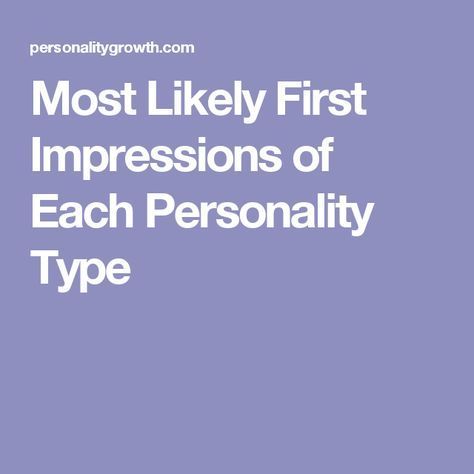

1)not to be dependent on people's opinions about me
2)do not judge people only by their appearance
3)not to ideals and not to look at the world through "rose-colored glasses"
4)not be dependent
5)do not sacrifice your interests for the sake of others
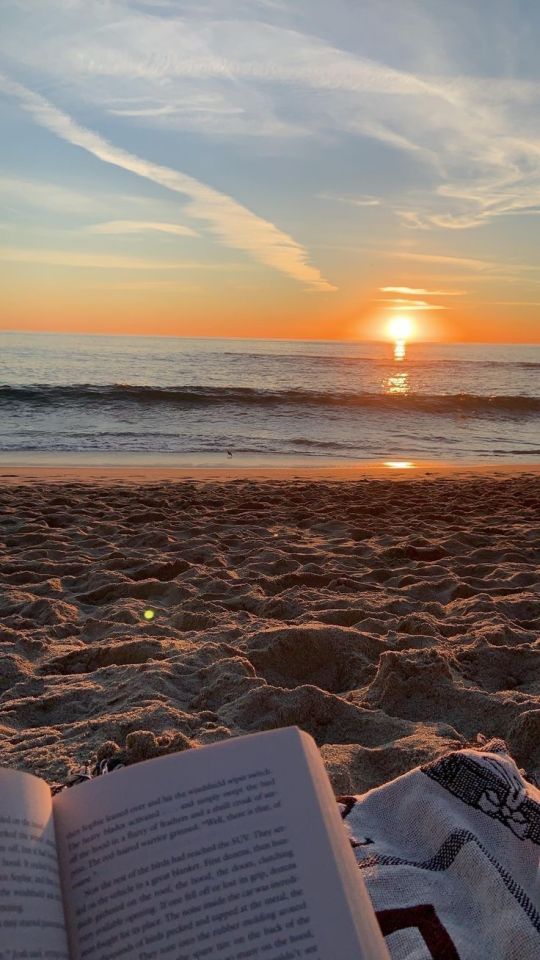
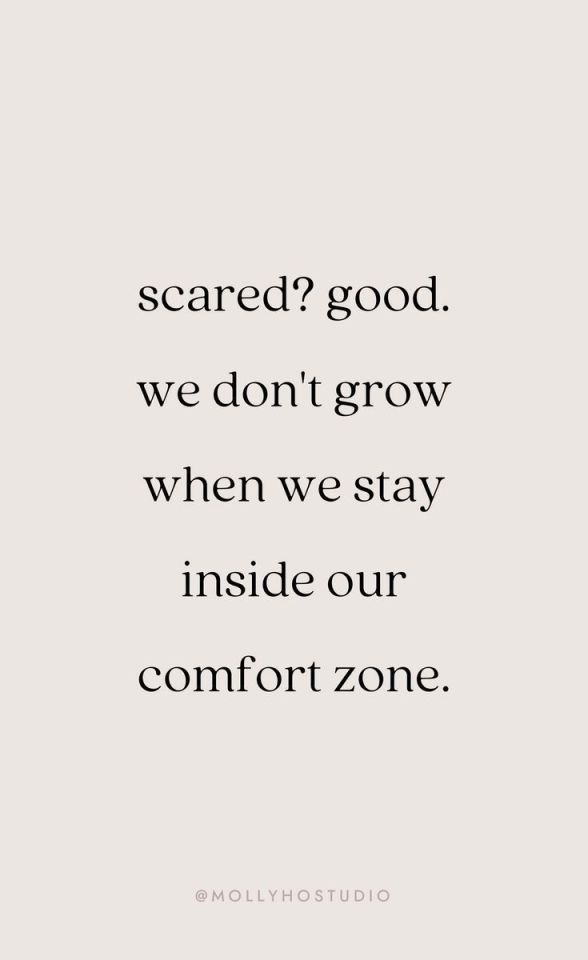

6)not to have small and narrow views on unpreparedness, to look for different exits and ways
7)not to impose will and opinion on others
8)not to be too focused on clean lines
9)share knowledge and development
10) doesn't argue much

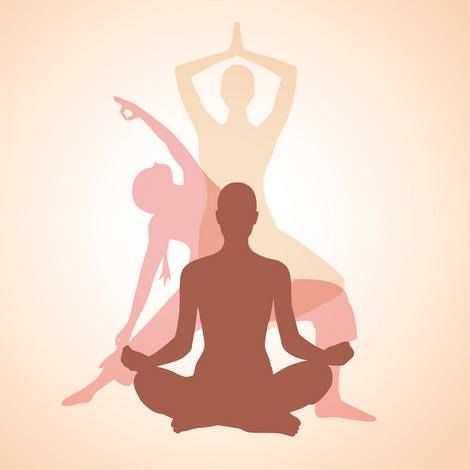

11) do not close in yourself
12)get information in different ways
13)to retain emotional stability and wise composure
14)be patient
15)be constant, strong and free
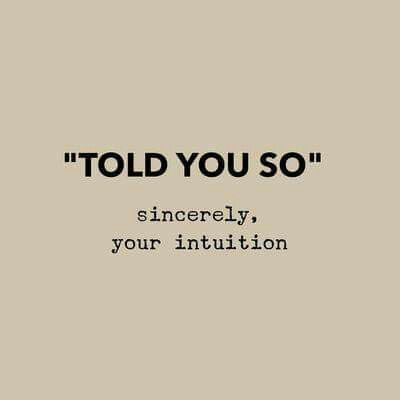


16)don't be afraid to take risks, feel easy and free
17)self-realization and learning something new
18)read aloud and practice self-expression
Conclusion
While you are leaning things you need to think about them and examine them from many sides. By connecting them in many ways with what you already know…. you can later retrieve them in unusual situations. It took me a long time to realize that each time I learned something I should put “hooks” on it. This is another face of the extra effort, the studying more deeply, the going the extra mile, that seems to be characteristic of great scientists.
